Turf wars
Poor facilities and badly maintained pitches are being blamed for steep falls in the number of people playing football in England. What can be done to save the beautiful game?
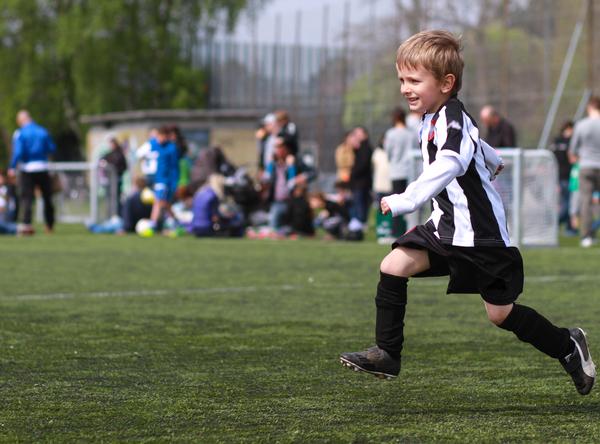
When Sport England announced earlier this year that it was cutting grassroots funding for football, it did so with a blunt message to the sport’s governing body, the Football Association (FA). Taking away £1.6m from the amateur game, Sport England CEO Jennie Price said the FA needed to “change its grassroots strategy” after failing to arrest a sharp decline in the number of people playing the sport. While football wasn’t the only sport to have its grassroots funding cut by Sport England, the poor state of the country’s most popular team sport ignited widespread debate over the state of the national sport.
NOT PLAYING THE GAME
The cut, like each funding decision made by Sport England, was linked to participation levels. These make uncomfortable reading for the FA. Over the past six years, there has been a 9 per cent decrease in the number of adults (16-year-olds and over) playing football at least once a week – from 2.14 million in October 2007 to 1.83 million in October 2013. What makes these figures particularly worrying is that during the same period the total number of people playing some form of sport at least once a week increased by 1.4 million – from 13.9 to 15.3 million.
The FA’s general secretary Alex Horne responded to the funding cut by saying that falls in participation were to be blamed on the poor state of facilities – made worse by cuts in local government budgets and inclement weather over the past two winters. “Grassroots football is played during winter on facilities almost exclusively owned and maintained by local authorities,” Horne says.
“A combination of severe weather, increased pitch hire costs and reduced maintenance spend has made this a very difficult time for clubs seeking to complete their fixtures and for individual players to value and enjoy regular football. This challenge – to ensure a much better provision of quality affordable grassroots facilities – is one we are determined to address.”
Horne also pointed out that, although disappointing, the £1.6m reduction in Sport England funding represented a fraction of the funding the FA ploughs into grassroots. He said the cuts would not deter the FA’s “extensive financial commitment” to the grassroots of the game of which the Sport England funding was “only one element”.
“It’s naturally disappointing to learn that Sport England is cutting its funding to football especially at a time when the challenges faced by the grassroots of our game are so acute,” Horne said. “We continue to maintain investments of £1m-a-week into grassroots football. We believe this continued commitment – which in the last year has seen growth of 1,300 new youth teams formed and playing football – will enable us to transition more young players into adult football over the next four years.”
recurring issues
The decline in grassroots participation is not a new problem and the FA has been proactive in its attempts to buck the trend. When the number of people playing regularly fell between 2007 and 2011, the FA responded by launching the Just Play initiative – which was designed to attract people of all abilities and especially those who haven’t played in a while. The idea was to organise informal sessions without the need to commit to playing for a club or organisation.
The move made sense, as studies looking at the reasons for people abandoning football had identified busy lifestyles and less leisure time (including working at weekends), a decline in the number of club volunteers and a loss of referees as major factors. Put simply, people have less time to play football and even those who find time, might struggle to find a club to accommodate them. Just Play was designed to arrest the decline by encouraging football centres and clubs to introduce a new, informal kick-about format for people. The scheme also offered an online database for people to find a centre offering the sessions closest to them. The target was to get 150,000 more people playing football for at least 30 minutes a week by 2013.
By December 2013 the scheme had enlisted 200 football facilities to take part and had secured a sponsorship deal with confectionery giant Mars. While the figures show it attracted players back to the game, it failed, however, to halt the overall decline. Sport England figures reveal that rather than gaining a further 150,000 grassroots players between 2011 and 2013, football as a sport lost a further 177,300 players.
FACILITIES STRATEGY
While initiatives such as Just Play might convince people to give football another chance, the opportunity to keep them playing is lost if they find the facilities lacking – and this is where the sport faces its largest battle. Having adequate facilities should be the minimum standard for any sport, yet it seems that football has a particular problem with being able to provide them.
In a recent survey by Sky Sports, more than a third (37 per cent) of respondents who no longer played 11-a-side football said better pitches and facilities would entice them back. Perhaps more tellingly, when asked what the single biggest problem facing the future of the grassroots game was, nearly half (44 per cent) cited the poor state of facilities/pitches.
The FA is acutely aware of the problem and has poured a significant amount of resources into tackling the problem. In its most recent facilities strategy, covering the years 2013 to 2016, the FA announced an ambitious target of redeveloping 3,000 natural pitches across England, building 100 artificial pitches and developing 150 all-weather surfaces. Central to the delivery of the strategy will be the UK’s largest sport charity, the Football Foundation, which was set up in 2000 by the FA, the Premier League and the government.
Funded jointly by the three partners, the foundation has over the past 14 years allocated and overseen more than £1bn worth of investment in 12,000 facilities across England. Thanks to the foundation’s strategic performance indicators (SPIs) the impact of the investment can be accurately assessed. The SPIs show that on average, participation has increased by 9 per cent at facilities which have received Football Foundation funding. The message is clear: having better facilities does attract people to the game.
“It’s no secret that grassroots facilities in this country are in a pretty woeful state,” says Paul Thorogood, CEO of the Football Foundation. “The financial crisis, which put pressure on local authority budgets, has made things worse over the past four years. Running leisure facilities and football pitches is costly and we’ve seen that some councils aren’t caring for – or even mowing – their grass pitches anymore, rather they're relying on club volunteers to do it. It is our job, with our partners, to help ease those pressures by providing better facilities.”
SUSTAINABLE INVESTMENTS
The foundation is tasked with directing £30m into grassroots sport each year under the Premier League and the FA Facilities Fund. It uses the money to leverage even more partnership funding, which then goes towards building new and redeveloping existing facilities. The focus is on providing facilities that will boost participation and rejuvenate communities, especially in underprivileged areas.
“We unashamedly focus at least 40 per cent of our investment in the most deprived areas in the country,” Thorogood says. “We’ve already built a reputation of being able to identify where the greatest need is to drive participation levels and where to provide improved facilities that also improve communities.”
He adds that for a project or facility to qualify for funding, it has to show clear and concrete plans on how the grant would be used to get more people playing the sport. “There’s little point investing and creating a facility if there's no demand for it. We keep tabs all the way through the year on every single facility we’ve invested in for 25 years to make sure they're actually doing what they're supposed to be doing.”
While the foundation provides the initial grant, its strategy is also to ensure the facilities it invests in become self-sustainable in the future. For Thorogood, this is particularly important in the current economic climate.
“It's one thing providing the capital funding, but these days the cost of running and maintaining the facilities is often not being picked up by the local authorities,” Thorogood says. “When we back a project, we need to make sure the facility not only meets the need of the local community, but that there’s a business plan that includes ideas on driving revenue.”
Crucial for revenue generating activities is that the facility is open to business as often and as long as possible. This increasingly means investing in artificial turf and floodlighting. For Thorogood, artificial surfaces are a must at grassroots level.
“We're moving towards investing in 3G artificial pitches,” he says. “The reason we have a heavy focus on 3G pitches is because, even the most perfectly manicured and maintained grass pitch will only give you four to five hours of usage a week before it begins to deteriorate. And as we know, hardly any of community grass pitches are perfectly maintained.
“If we install a 3G pitch and supplement it with floodlights, we can pretty much guarantee the club or operator gets 85 hours of usage a week out of it – no matter what the weather.”
Who's responsible
For Thorogood the future of grassroots boils down to one question – who's responsible for providing sport as part of the health of the nation?
“Football is by far the largest sport in this country and still dominates in terms of interest and participation,” he says. “But if you go to the continent – to France, Germany or Belgium – you’ll find that it's mandatory in those countries for local authorities to provide the kind of facilities that are supplied by us (The Football Foundation). So not only do councils have to provide them through the local taxes, but they have to maintain them.
“Driving through France or Belgium, you’ll see that every single village has a perfectly manicured grass pitch or a 3G pitch, accompanied by a stand or a clubhouse because the local authority is mandated under the federal government to provide that to the community.
“Unfortunately in the UK that's not the case. If a local authority’s budget is cut it is often leisure and sport that suffer first. And until that changes, all we can do really is make sure that whatever money comes our way, it is used as effectively possible.”
Football Foundation
The UK’s largest sports charity was set up in 2000 by the FA, the Premier League and government. Since 2000 FF has awarded £500m worth of grants and has attracted a further £600m of partnership funding towards improving the grassroots.
The Money game
The plight of grassroots football in England is in stark contrast with the success of the English Premier League (EPL). While the amateur game struggles, the EPL has strengthened its hold as the world’s richest and most powerful football competition in history.
In the summer transfer window of 2014, the 20 EPL clubs spent a total of £840m on recruiting and making millionaires of some of the world’s most exciting talent. Sport England’s £1.6m cut on grassroots funding is the equivalent of five-and-a-half weeks’ work for England and Manchester United captain Wayne Rooney (who earns a reported £300,000 a week).
This hasn’t gone unnoticed and a campaign, Save Grassroots Football (SGF) has called for the EPL to re-invest more into the amateur game. SGF is calling for 7 per cent of EPL broadcast revenues to be directed into grassroots.
Details: www.savegrassroots.co.uk

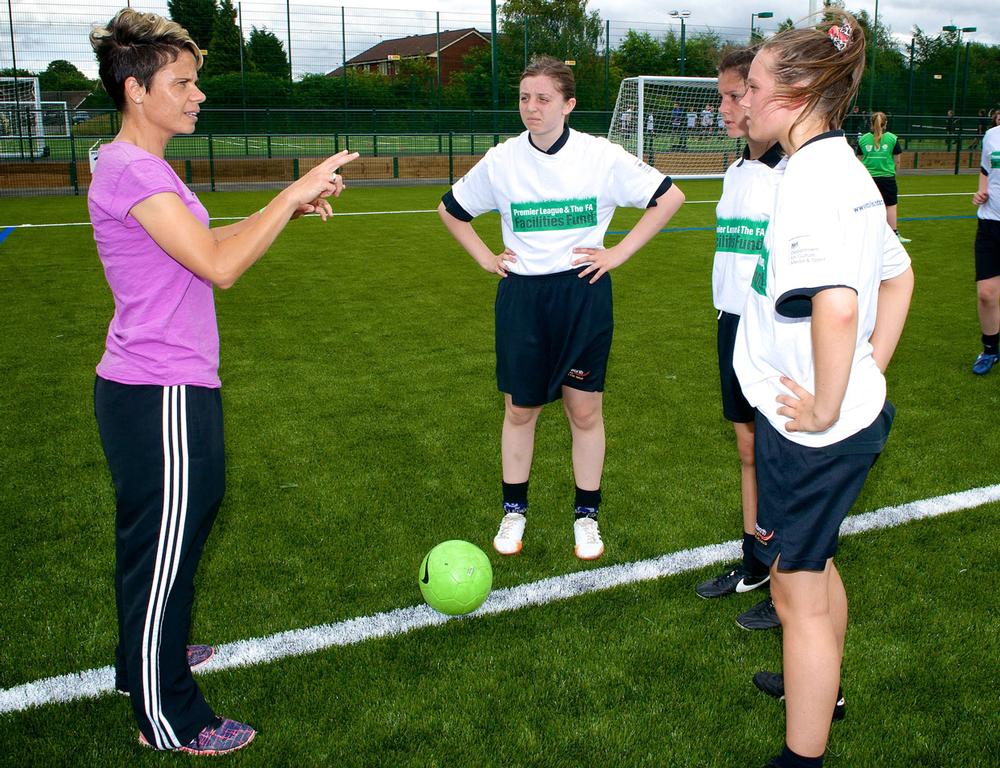
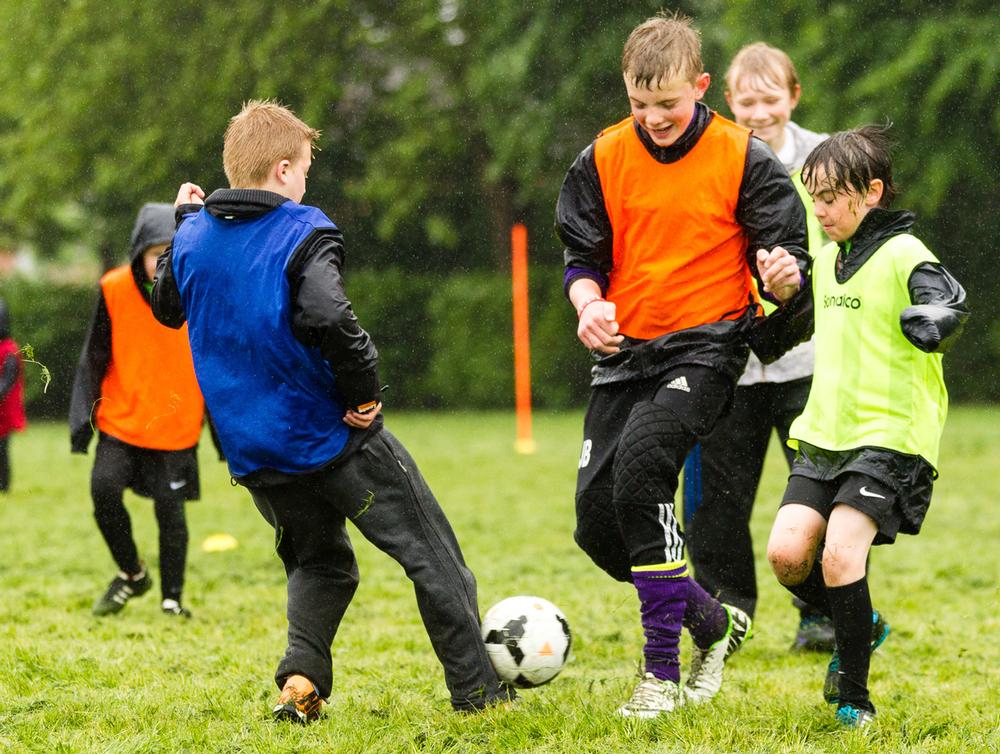
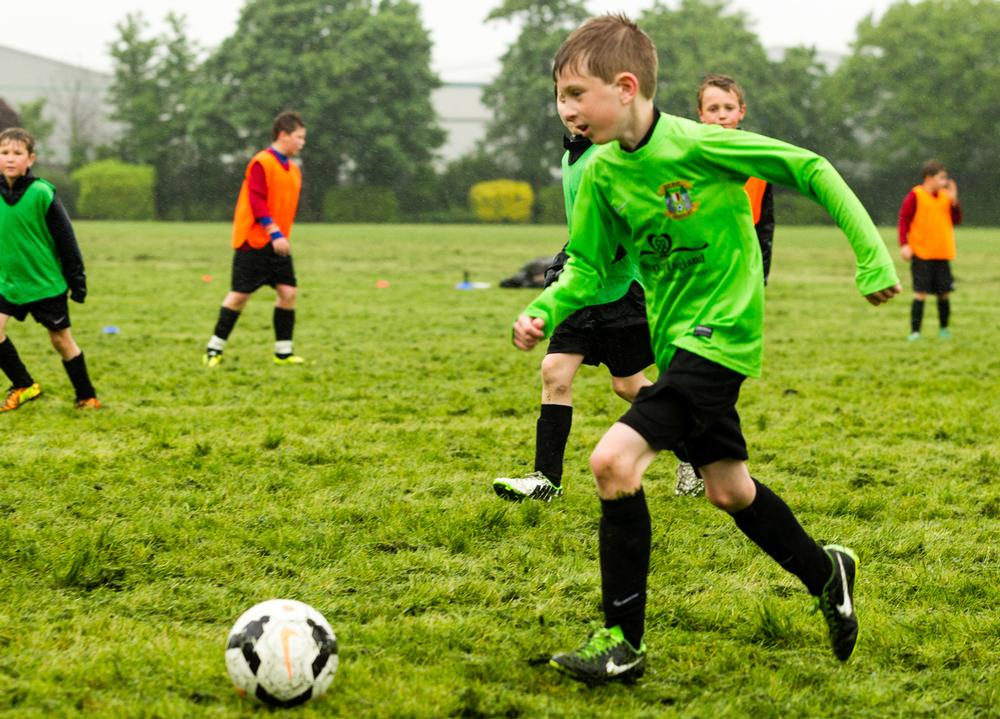
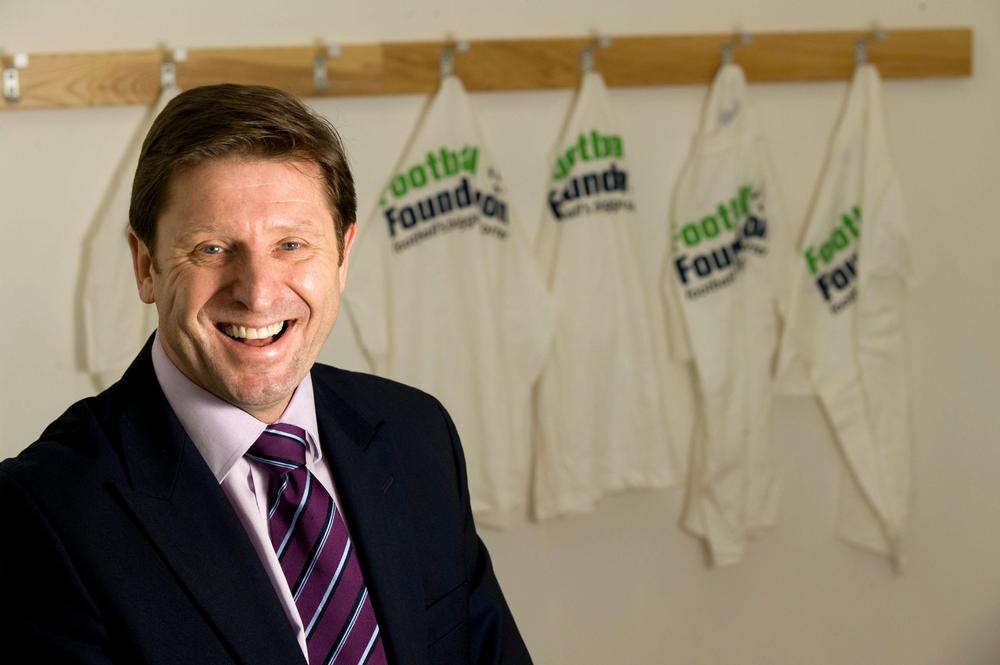
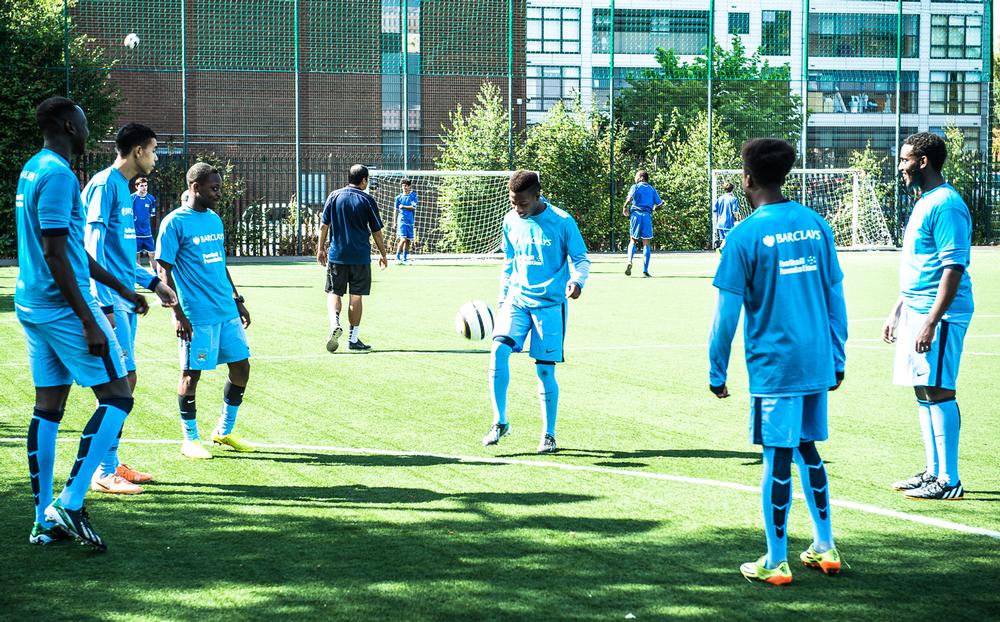
Team Leader (Harrow School Fitness Club)
Centre Manager (Leisure)
Director of Operations
Fitness Motivator
Recreation Assistant/Lifeguard (NPLQ required)
Membership Manager
Recreation Assistant
Swim Teacher
Swim Teacher
Chief Executive Officer, Mount Batten Centre
Swim Teacher
Swimming Teacher
Swimming Teacher
Company profile

Featured Supplier

Property & Tenders
Company: Knight Frank
Company: Belvoir Castle
Company: AVISON YOUNG
Company: London Borough of Bexley
Company: Forestry England














